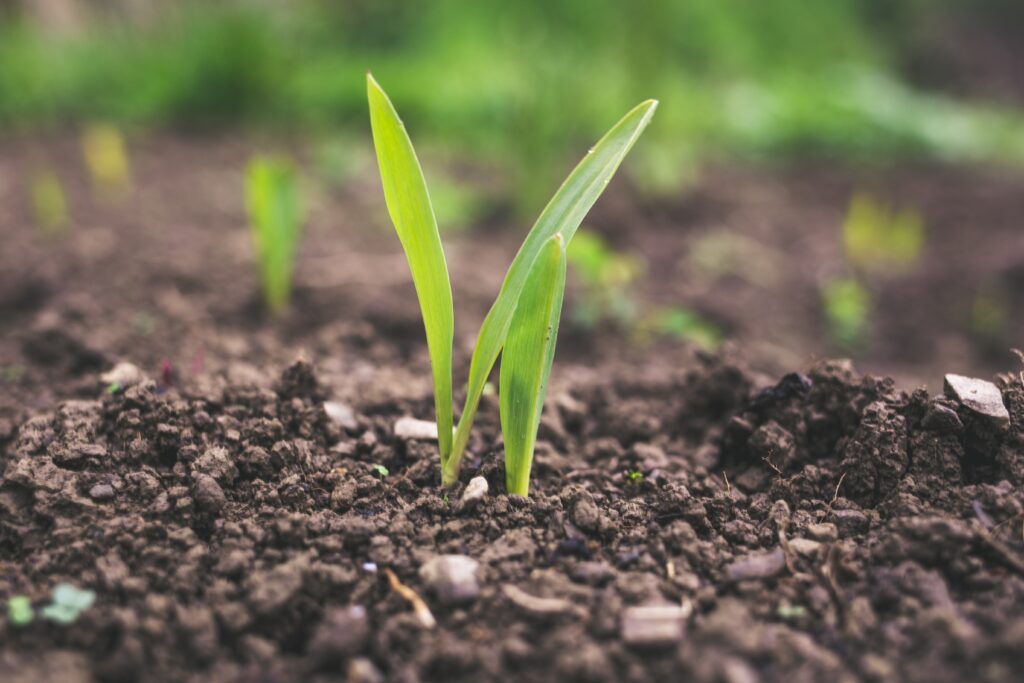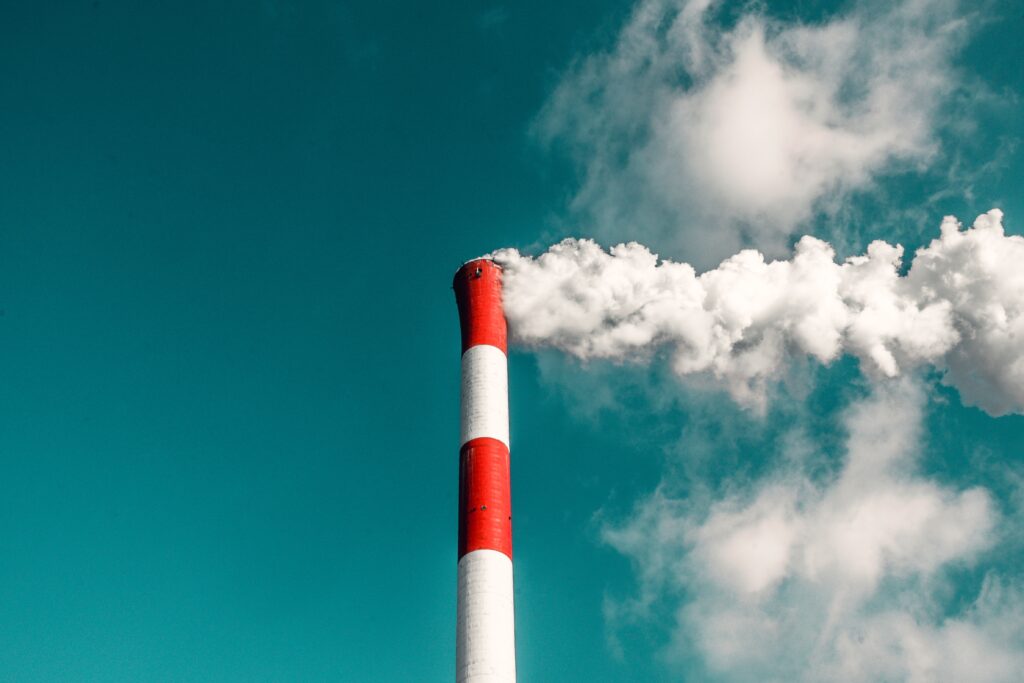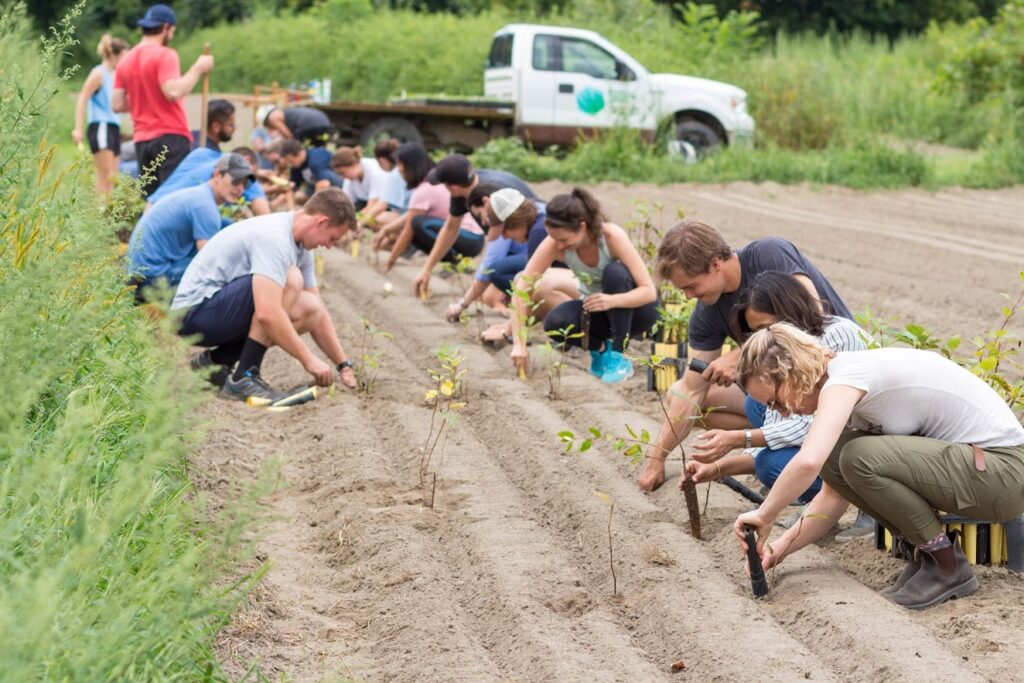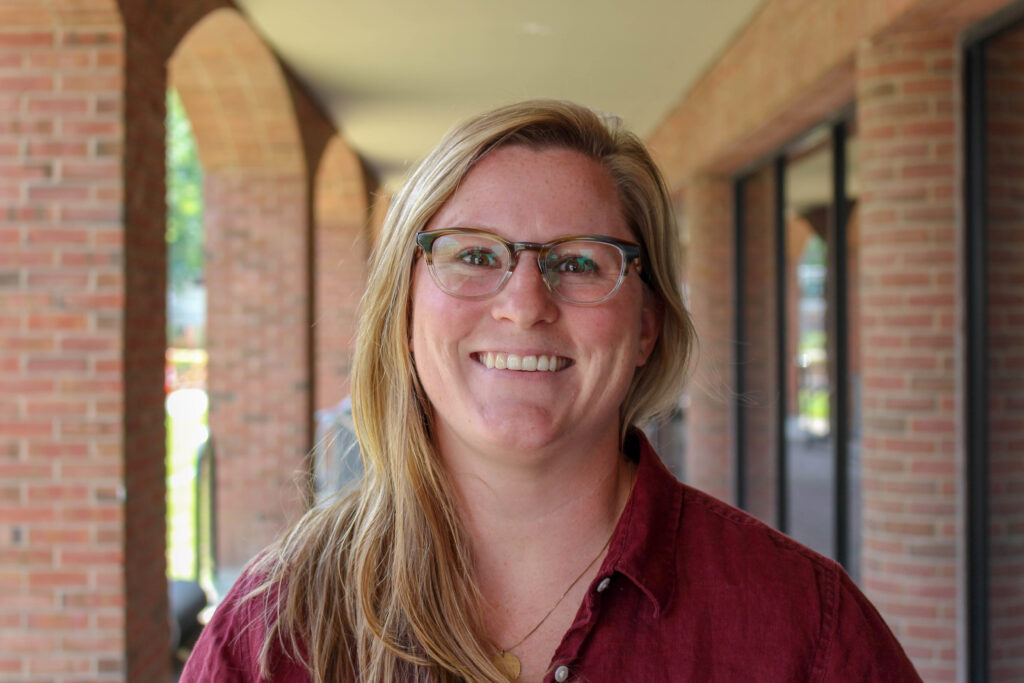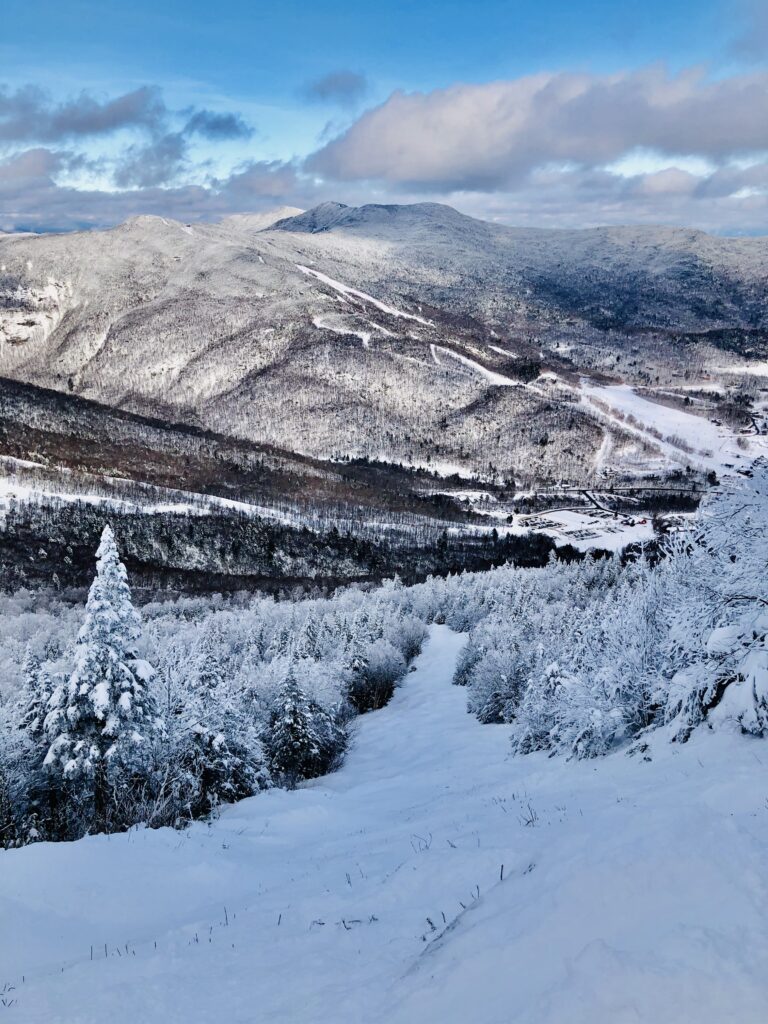This post was written by Ruchi Nadkarni ’20. Connect with her on LinkedIn.
I remember I was 10, when I watched the cartoon network show ‘Captain Planet’ for the first time. It was a show about teenagers who would team up with Captain Planet to keep the spirit of the earth (‘Gaia’) safe. Eerily, little did I imagine that I would live to see the destruction that was only imagined in a cartoon show, come to life. I started my journey at 21, with a nonprofit for animals. It was the most pristine love I could have ever imagined. As life went on, I pondered being another version of ‘Captain Planet’ and 10 years, and millions of happy animals later I hope to expand the course of this odyssey.

The influential driving forces of everything I do in my life stem from uplifting the distanced and forgotten in our world. To me, at this juncture, the environment including waterbodies, land and air combined with the quickly disappearing animals of today are of immediate concern. I am especially passionate about aiding frontier markets with sustainable business solutions addressing their immediate environmental problems using environmental business and sciences. I am passionate about effective solutions that are about more than band-aid remedies, a panacea for most difficulties if you will. This includes creating business solutions for developing countries that especially address their environmental strains.
This is especially important as developing countries struggle as their environmental degradation is a result of the last priority given to it. Countries like India place such a high importance on the development of their economies, that this often comes at the cost of environmental disregard. The lack of facilities for waste processing, soil health, water health and air quality are quandaries we are all too familiar with. The existing large corporations do very well on empathetic marketing to get their products in these markets – however rarely ponder the consequences of their products. The lack of knowledge, education and concern for the immediate environment and the widespread effects of an impaired ecosystem cause relentless practices, that destroy the planet far more rapidly in these places.
Since economy and survival is at the center of these communities, I plan to permeate through these issues, in ways that are coveted. To introduce a way that is sustainable and utilizes environmental gains as well is a triumph in my eyes. From environmental impact measurement, strategy, finance and restoration; I hope to beget measures that will gradually change the way business is done. More specifically I intend to do this by working within consulting companies before venturing out with my own consultancy, as well as business incubator a few years down the line. In this way I plan to start working with corporations, businesses and entrepreneurs to introduce business in these markets. The intentions of these businesses while economy driven of course, will not be to create new markets, but instead disrupt current markets and gain existing market share. Additionally, authentic intentions and shared value creation will be at the core of these solutions.
Whether with renewable energy, soil sequestration or pollution control practices – the businesses I will work with will combine environmental engineering, science and business. The merit of being able to affect all three facets of environmental well being in this way not only widens the scope of my practice but also satisfies my altruistic tendencies. I was often told growing up, that I need to hone my focus on one thing, and that I cannot fix everything in the world. While adult life has made me utterly aware of the fallacies of my childish fantasies, I think I have found a way to address this dilemma.
At the core of it all, I believe that we are transient beings in a home that we stay in for a little while. Our gracious host is currently sick and needs more from us. I am hoping I can influence enough businesses and people across the world to join this movement and that one day my aspiration to be ‘Captain Planet’ will be redundant.

